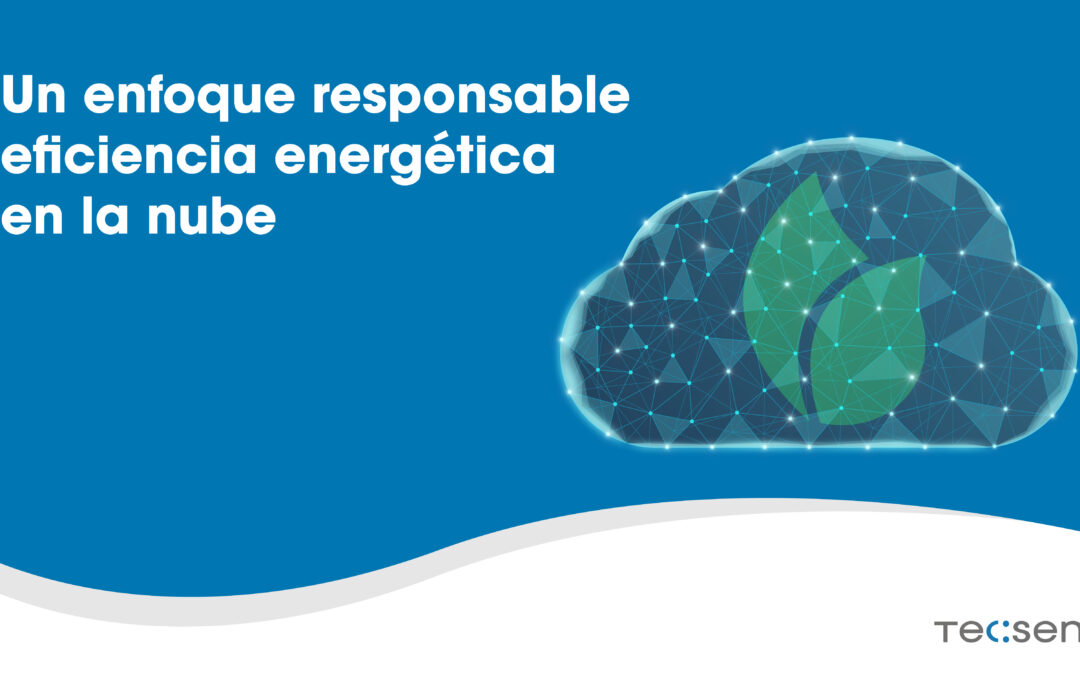In today’s digital age, the cloud is a critical component for businesses and individual users. However, this technological advancement is not without environmental challenges. Cloud sustainability has emerged as a critical concern, and cloud service providers along with organizations are actively working to address it. This article will explore how the cloud can be managed sustainably, focusing on energy efficiency practices and carbon offsetting by taking a responsible approach to energy efficiency in the cloud.
A Responsible Approach Energy Efficiency in the Cloud
Cloud infrastructure requires enormous amounts of energy to power your data centers and ensure uninterrupted operation. To address this challenge, cloud service providers are adopting energy-efficient practices. One of the most common strategies is virtualization, which allows multiple virtual machines to share the same physical hardware, thereby reducing the need for individual servers and decreasing power consumption.
In addition, the implementation of more efficient cooling technologies, the optimization of energy use through intelligent charge and discharge management, and the adoption of renewable energy sources are key aspects of efforts to improve energy efficiency in cloud data centers.
Carbon Offsetting
The carbon footprint associated with data center operation is a critical issue. Cloud service providers and environmentally conscious organizations are taking steps to offset their environmental impact. One of the strategies is to invest in renewable energy projects, such as wind and solar farms. Not only do these investments reduce the direct carbon footprint, but they also contribute to the drive for more sustainable energy sources globally.
In addition, some cloud service providers are implementing carbon offset programs that allow customers to contribute to green projects by using their services. This creates a chain of shared responsibility, where both providers and users work together to mitigate the environmental impact of cloud technology.
Innovative Strategies for Sustainability
Some companies are taking cloud sustainability a step further with innovative approaches. For example, Google has implemented artificial intelligence to improve cooling efficiency in its data centers, optimizing resource usage and reducing energy consumption.
Microsoft has also announced initiatives to remove more carbon from the environment than it emits by 2030. Its commitment includes carbon capture and storage projects, as well as investment in emerging technologies that help address climate change.
Ongoing Challenges
Despite significant advances, sustainability in the cloud remains an evolving challenge. The steady growth in demand for cloud services presents a dilemma, as it can counteract efforts made to improve efficiency and reduce carbon emissions. It is essential for the industry to continue to innovate and collaborate on long-term, sustainable solutions.
Sustainability in the cloud is a growing priority in technology. Cloud service providers and organizations are adopting energy efficiency and carbon offset practices to address the environmental challenges associated with this technology. As awareness of the importance of sustainability continues to grow, more innovative initiatives are expected to emerge, setting a standard for a more responsible and greener digital future.




